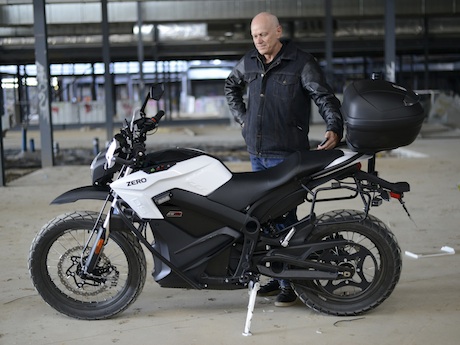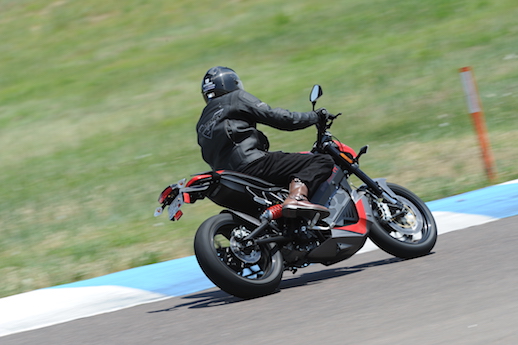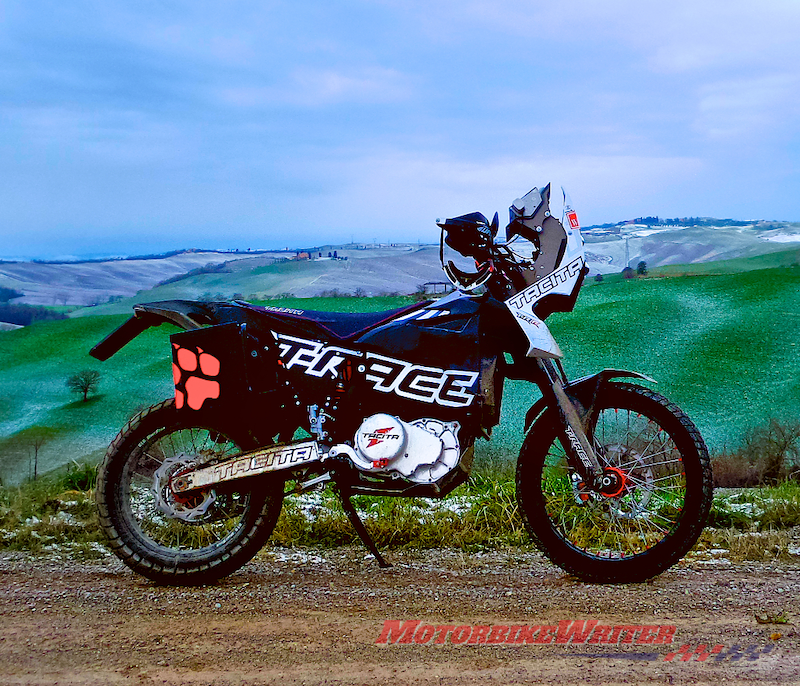Electric motorcycles are coming on a wave of hype about range of more than 300km, but are the claims a hoax?
Traditional petrol-powered motorcycles are quoted in terms of miles per gallon or litre per 100km. It provides a reliable and realistic guide to the range from a bike’s tank. Riding hard or conservatively doesn’t make a huge difference to range.
However, the range calculations for an electric motorcycle are not as simple.
When someone asks what is the range of an electric motorcycle, the correct answer is “how long is a piece of string?”.
Vacuum sucks
We recently bought an expensive cordless vacuum cleaner which was claimed to have a battery that would last for a couple of hours of cleaning.
However, that was based on using the low-powered mode. If you want to really suck and use the boost mode, you are flat out getting about 20 minutes out of it. And six months down the track, that’s more like 15 minutes.
I also once drove an early Tesla sportster on a hot day around the Ipswich Motorway for only five laps before the fully charged battery overheated and I had to pit.
On another occasion, I rode an electric Zero DS with a claimed 290km of range from the Gold Coast to home and nearly ran out of battery because I was riding on the highway.

Electric hoax?
So is electric motorcycle range a hoax to rope in riders who want to be seen to be keeping pace with the modern world and showing their “green” credentials (that is, if they have access to clean power for recharging!).
Battery range in electric vehicles is subject to so many variables a range figure is almost a pointless hoax.
Factors that affect battery range include:
- Extreme ambient temperatures;
- Riding modes such as “eco” and “sport”;
- Constant throttle at highway speeds that deplete batteries faster;
- Brake regeneration extends range in stop-start traffic; and
- Downhill sections conserve battery power.
Riders will have to think totally differently about electric motorcycles and almost disregard the salesperson’s claims about range.
For example, highway and city riding yield totally opposite range yields to a traditional petrol engine.
The latest Zero SR/F comes with this complex table of range calculations that vary from 132km on the highway to almost double in the city! It’s enough to confuse any buyer.
|
Range |
PREMIUM |
STANDARD |
|
City |
259km |
259km |
|
Highway, 89km/h |
159km |
159km |
|
Combined |
198km |
198km |
|
Highway, 113km/h |
132km |
132km |
|
Combined |
175km |
175km |
|
Range (based on EU standard) |
157km |
158km |
Electric sales
But the complex range claims have not stopped the surge of electric motorcycle sales, particularly in Asia and Europe.
Electric motorcycle and scooter sales will hit 55 million worldwide by 2024, according to London technology consultancy Navigant.
While more than 90% of electric bike sales are low-powered scooters and mopeds in Asian, Europe is surging ahead on the back of a host of financial incentives for the sale and use of electric bikes.
While motorcycle sales in Europe rose by 9.9% in 2018, electric motorcycle sales rose 81.5%, although they still represent only 0.75% of all motorbikes sold in Europe.
New range claims
Almost every day an electric motorcycle company makes outlandish clams about extended range.
Indian startup Mankame Motors claims it can make an affordable electric motorcycle capable of 480km range, beating the current (pun intended) longest range record of 360km by Zero Motorcycles.
A Chinese company claims it has a prototype power cruiser made of lightweight aluminium with up to 400 km of range and charging from flat to full in just 15 minutes.
Battery life
As for the longevity of expensive batteries, there are few examples as electric motorcycles have not been around long enough.
However, Italian electric bike company Tacita says that in almost eight years their batteries have had more than 1700 recharging cycles with unchanged range.
They say they can guarantee 80% of the battery’s energy will remain after 4000 charge cycles.
I don’t say I disbelieve their claims, but they do make a mockery of my vacuum cleaner experience!



